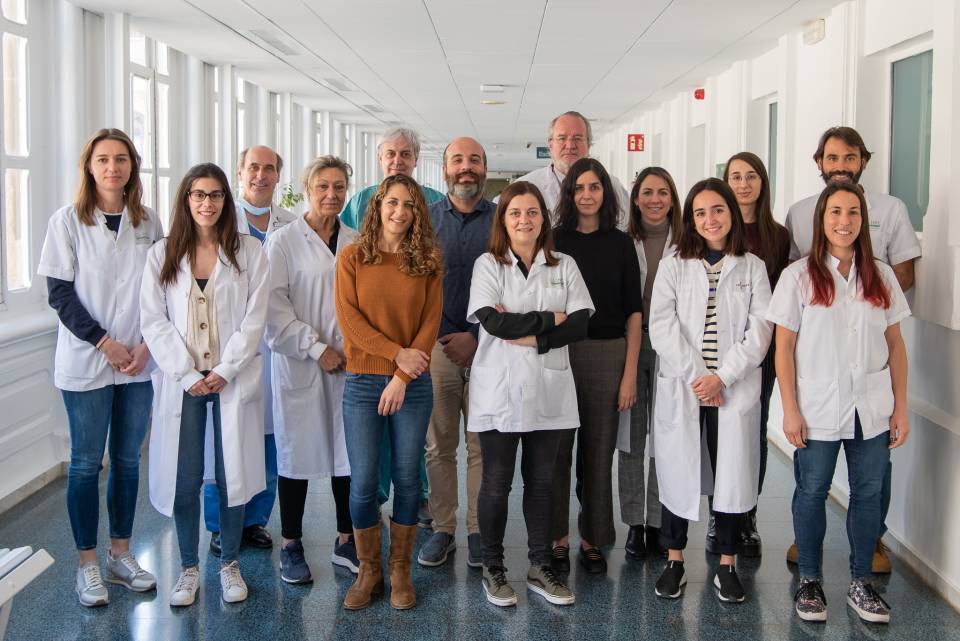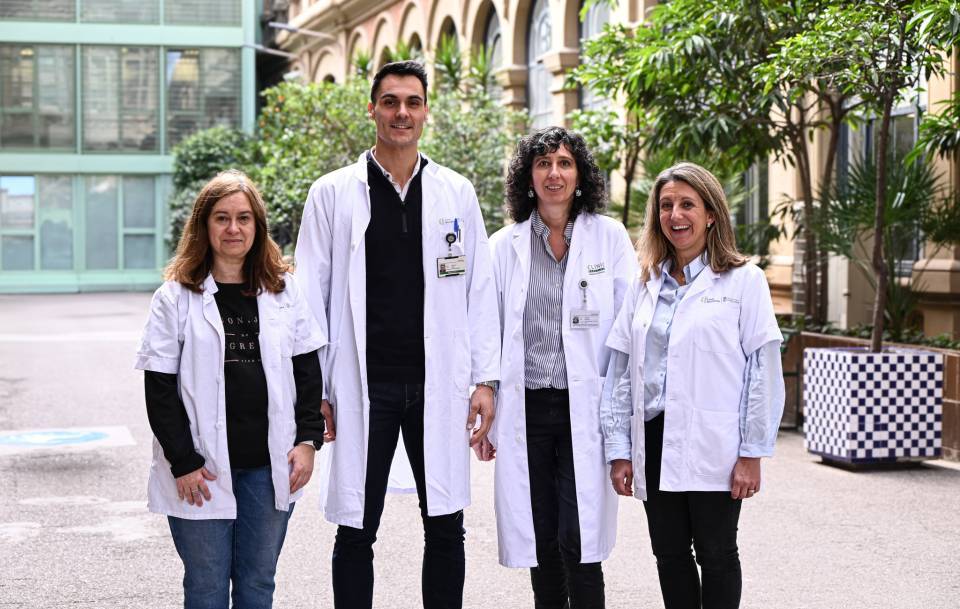Dr. Agustí is the head of the Inflammation and repair in respiratory diseases IDIBAPS research group and Dra. Faner is a researcher in the same group.
What are Lung Function Trajectories?
Lung function trajectories describe lung development, maturing and ageing over the course of a person’s lifetime. At birth, the lungs are still immature and need to develop during childhood and adolescence, until peak lung function is reached between 20-25 years of age, and is earlier in women than in men. Thereafter, lung function gradually declines due to the physiological ageing of the lungs. However, several genetic, epigenetic and/or environmental factors can significantly alter all these phases, for better or for worse, with important clinical implications.
Clinical importance of Lung Function Trajectories
Several studies have identified that the trajectories that fall below the normal trajectory are associated with increased risk of respiratory, cardiovascular, metabolic and mental health diseases, and an increased likelihood of premature death. In contrast, trajectories above the normal trajectory are linked to healthier ageing and a lower incidence of chronic diseases.
Implementation in Clinical Practice
To improve the early detection of lung health problems, researchers propose using a system similar to the one used by paediatricians to assess infant growth (nomograms). These charts could help identify deviations in lung function in both children and adults, allowing for preventive or therapeutic interventions. One IT tool developed for this purpose is the Lung Function Tracker, a free online platform that allows healthcare professionals to monitor and analyse their patients’ lung functions over time.
Challenges and Opportunities
Implementing the concept of lung function trajectories in clinical practice presents several challenges and, at the same time, opens up new opportunities. There is a need to educate health professionals and the community about the existence of these trajectories and their implications for future health. Moreover, it is crucial to develop and optimize tools and software to identify these trajectories in the absence of past lung function measurements (virtually the norm today). Finally, the availability and cost of spirometry, especially in low-resource settings, and assessing the economic impact of considering lung function trajectories in clinical practice are also important considerations.
Future Perspectives
The article highlights the need for more research to gain a better understanding of the biological basis underlying the different lung function trajectories and how these can be prevented and/or modified to improve health. Identifying predictive biomarkers and exploring artificial intelligence applications are promising areas in this field.
Lung function trajectories offer a new perspective for improving respiratory (and non-respiratory) health throughout life. The implementation of tools such as the Lung Function Tracker and education about the importance of lung function can facilitate early interventions and promote healthy ageing. In a collaborative research framework such as the one offered by CADSET, it is possible to transform lung health management, reducing the burden of respiratory diseases and improving the quality of life for people around the world.
Study reference:
Melén E, Faner R, Allinson JP, Bui D, Bush A, Custovic A, Garcia-Aymerich J, Guerra S, Breyer-Kohansal R, Hallberg J, Lahousse L, Martinez FD, Merid SK, Powell P, Pinnock H, Stanojevic S, Vanfleteren LEGW, Wang G, Dharmage SC, Wedzicha J, Agusti A; CADSET Investigators. Lung-function trajectories: relevance and implementation in clinical practice. Lancet. 2024 Apr 13;403(10435):1494-1503. doi: sd10.1016/S0140-6736(24)00016-3. Epub 2024 Mar 12. PMID: 38490231.




